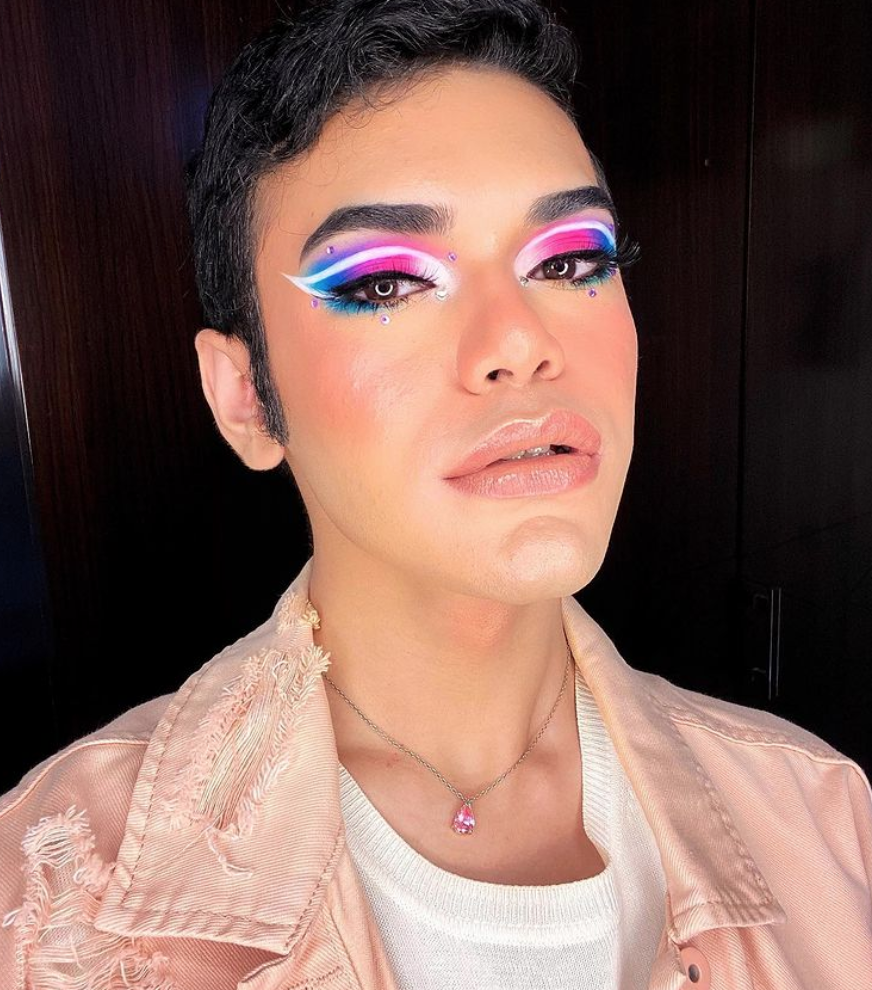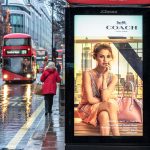When it comes to discussions about representation in advertising, female representation is often at the forefront of the conversation. However, male representation is equally important, and while there has been some progress, there is still a long way to go.
Advertising Educational Foundation’s 2006 study revealed that traditional male advertising often portrayed men as “powerful, strong, virile, athletic, and competitive.” Center of Media Literacy also points out that advertising archetypes present men as “in charge,” “self-contained,” and often “alone.” Men shown with other men are often depicted as aggressive, while men shown with women are expected to be dominant. While conversations around toxic masculinity have become more prominent, it is important to consider how male representation in ads has evolved.
In Asia, traditional masculine roles are still prevalent in ads, with men often depicted as breadwinners or key decision makers on “serious” products such as cars, gadgets, and finances. On the other hand, ads for leisure and entertainment often portray men in “boys-will-be-boys” scenarios, like watching football together or bingeing on fast food. While there have been some opportunities for brands to delve deeper into modern masculinity, it is still rare to see non-traditional portrayals of men in advertising.
Also read: How The Giants Do It: The Impact Of Personalisation On Customer Engagement And Loyalty
The ideal male body image perpetuated by the media is often that of a well-groomed man with fair “Pan Asian” complexion, defined muscles, and chiseled abs. Unfortunately, characteristics that fall outside this definition, such as plus-sized males or feminine mannerisms, are still used as comic reliefs. Men are also not generally cast in roles that require vulnerability, perpetuating the pressure for men to appear “emotionally strong” while burying their struggles with mental health.
While some progress is being made, men are still not often depicted in domestic roles outside of festive seasons. However, social media and influencer marketing are leading to a shift in representation, with more gender-fluid or non-binary influencers being featured.

For example, Indian, Indonesian and Thai male influencers are doing makeup and skincare tutorials, breaking traditional gender stereotypes.
Examples of progressive advertisements
1. AIA Malaysia – “A Spicy Chinese New Year”
This commercial features a humorous father trying his hand at preparing a family reunion meal, demonstrating the male protagonist’s increased participation in household chores.
2. Vicks Philippines: “Touch of Care”
The commercial shows how a man, who has lost his way of life is ‘brought back to life’ by his adopted son. The ad film highlights how, despite being a single parent, the man is determined to do right by the child.
3. PETRONAS – “Boyz in Da Hood”
In the commercial, an Indian man’s grandma scolds him for acting too manly.
4. Fortune Foods – “Ghar Ka Khana”
This ad campaign features men who are cooking and taking care of their families. It encourages men to be equal partners in household chores and break the stereotype that cooking is only a woman’s job.
5. Ariel India – #ShareTheLoad campaign,
Men are encouraged to treat women with respect and “share the load” at home through this advertisement.
6. Gillette – “We Believe: The Best Men Can Be”
This ad campaign features men who are taking a stand against toxic masculinity and challenging traditional gender roles.
7. Calm Collective – “Deal with It”
This ad is an attempt to combat the stereotype that men should be able to “tough it out” while facing mental health challenges and the belief that doing so is the manly thing to do.
8. Manyavar – “Naye Vaade”
This ad for Manyavar, a traditional Indian clothing brand, features Indian cricket star Virat Kohli in a non-traditional role as a doting husband. The ad challenges the stereotype of men as distant and uninvolved in their relationships, and promotes a more involved and affectionate version of masculinity.
9. Raymond – “The Complete Man”
This classic ad for Raymond portrays men as multifaceted beings who are capable of balancing multiple roles and responsibilities. The ad challenges the stereotype of men as one-dimensional breadwinners, and promotes a more nuanced and well-rounded version of masculinity.
While we are progressing, there is still much left in terms of male representation in advertising. Therefore, brands need to continue to challenge traditional gender roles and expand their representation of diverse male body types and roles. Social media and influencer marketing are already playing a significant role in the shift towards a more diverse and inclusive representation of men, and it is important for brands to follow suit.

















Very nice article with superb collection of videos that speaks out the essence of the topic. Nice work.